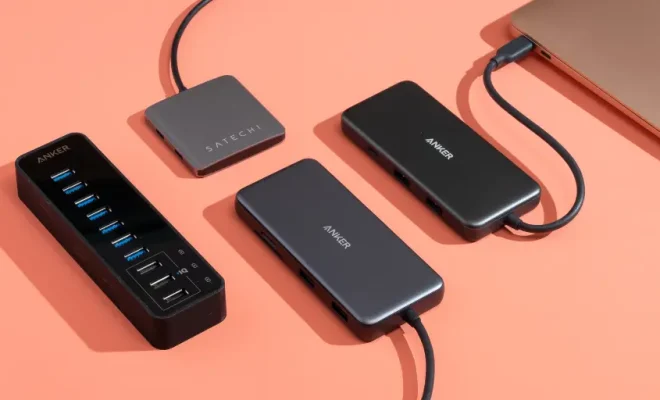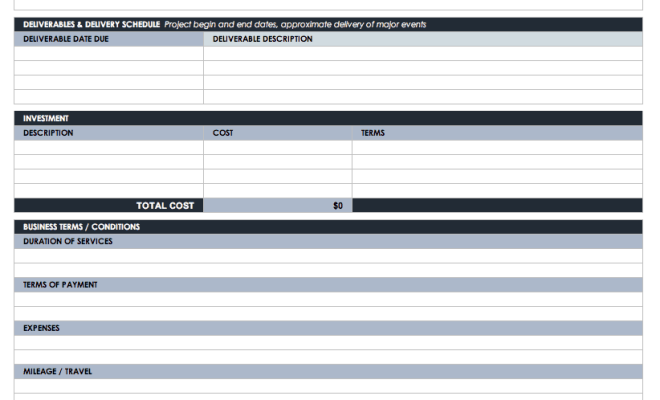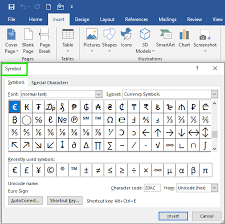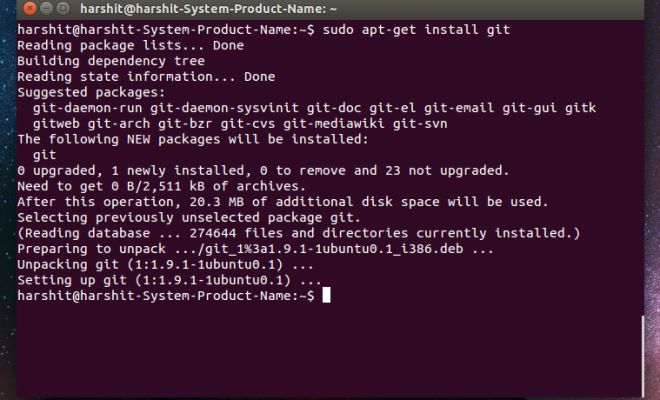FreeNAS vs. OpenMediaVault vs. Amahi: Which Is Best for a DIY NAS?
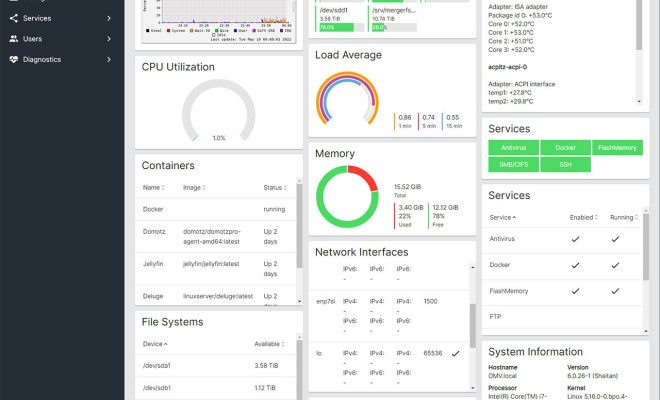
Building a network-attached storage (NAS) device at home is a popular DIY project that offers several benefits, including cost savings, customization options, and improved data security. However, selecting the right software platform for your DIY NAS can be a daunting task, especially considering the vast array of options available today. In this article, we’ll compare and contrast three of the most popular open-source NAS solutions on the market – FreeNAS, OpenMediaVault, and Amahi – to help you make an informed decision.
FreeNAS
FreeNAS is a widely popular NAS software that is built on FreeBSD, a Unix-like operating system, and boasts robust features, including Network File System (NFS), Server Message Block (SMB), and iSCSI support. It also supports multiple protocols, including HTTP, FTP, SSH, and iPerf to facilitate easy data transfer. FreeNAS comes with a web-based interface that provides a simple way to manage your data, users and groups, shares, and other settings. It also supports plugins and add-ons that extend its functionality, such as Plex Media Server and OwnCloud.
Pros:
– Robust NAS features
– FreeBSD-based platform
– Excellent support for network protocols
– Web-based management interface
– Plugins and add-ons available
Cons:
– Requires a minimum of 8GB RAM
– Setting up advanced features can be complicated
– Lacks good support for mobile devices
OpenMediaVault
OpenMediaVault (OMV) is another popular NAS platform that is built on Debian, a Linux-based operating system. It provides a range of features that include SMB, NFS, WebDAV, and FTP support, as well as plugins for popular software like Plex and Docker. OMV uses a browser-based interface that is very user-friendly and enables you to manage your NAS settings, users, and shares easily. One of OMV’s most significant selling points is its support for virtualization, allowing users to run virtual machines and containers within the NAS network.
Pros:
– Debian-based platform
– Robust NAS features
– Plugins for popular software
– Advanced virtualization support
– User-friendly interface
Cons:
– Limited advanced network settings
– Third-party plugins not always reliable
– Limited offline documentation available
Amahi
Amahi, unlike FreeNAS and OMV, is more consumer-friendly and is designed as a plug-and-play solution for home users. It is based on the Fedora operating system and comes with services such as SAMBA, CIFS, and NFS out of the box. Amahi provides a simple web-based interface to configure your network services, users, and applications without the need for any technical expertise. One of its unique selling points is its integration with the “Greyhole” file system, which enables users to pool their hard drives together to increase storage capacity, while also offering data redundancy.
Pros:
– Fedora-based platform
– Easy to set up and use
– Integration with Greyhole file system
– Simple web-based interface
– Automatic backups and data redundancy
Cons:
– Fewer advanced features compared to FreeNAS and OMV
– Limited plugin and add-on support
– Fewer customization options available
Conclusion
When it comes to choosing the best NAS platform for your DIY project, there is no one-size-fits-all solution. All three platforms have their strengths and weaknesses, and it ultimately depends on your requirements. If you’re looking for advanced network features, FreeNAS or OpenMediaVault are excellent choices. If you’re after an easy-to-use solution with straightforward file-sharing, Amahi is a good fit. No matter which platform you choose, make sure that it lines up with your skillset, hardware compatibility, and data storage requirements.

